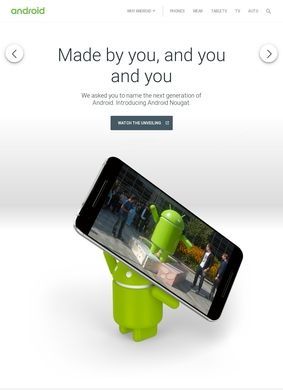Android is a popular open-source platform from Google. It was unveiled in 2007. The first phone running on this platform was HTC Dream. It was launched in October, 2008. Currently, this operating system is available on a wide range of smartphones. Although Android offers numerous benefits, including a customizable interface, it is also a bit geeky.
Due to this, it may seem to be overwhelming to some smartphone newbies. As mentioned earlier, Android is available on a wide range of handsets and tablets. Since the platform has an open nature, it allows manufacturers to customize the software according to their handsets. Due to this, the popular open-source platform looks and feels quite different on different handsets.
Customizable Interface
Every Android smartphone is a touch screen device. However, some even have hardware keyboards. In addition to this, every smartphone running on this platform includes a specific number of screens. While some phones have 3, others have 5 or even 7. You can customize these screens according to your preferences.
Screens can be populated with shortcuts to widgets or apps that display search boxes, news headlines and a lot more. Customization on this platform is certainly a big advantage. There's no other smartphone platform in the market offering such flexibility to set up screens according to your preferences.
Besides using shortcuts, on different screens for accessing your files and apps, this platform also offers a comprehensive and interesting menu. Menu can be accessed in a lot of different ways on different smartphones. In the menu, you can also click on small, organized icons to access applications and other features like Play Store.
Available Apps
Since this is an open source platform, anyone can create an application to run on an Android smartphone. There are thousands of applications available on the Google Play Store. This platform also supports multitasking, and users can run multiple applications simultaneously.
